Psycho-Geo graphics is the exploring urban environment. 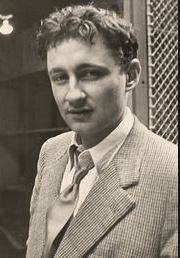 psychogeography was invented by the Marxist theorist Guy Debord in 1955, is has been defined as “the study of the precise laws and specific effects of the geographical environment, consciously organized or not, on the emotions and behavior of individuals.
psychogeography was invented by the Marxist theorist Guy Debord in 1955, is has been defined as “the study of the precise laws and specific effects of the geographical environment, consciously organized or not, on the emotions and behavior of individuals.
Psychogeography combines subjective and objective knowledge and studies. Debord struggled to stipulate the finer points of this theoretical paradox, ultimately producing “Theory of the Dérive” in 1958, a document which essentially serves as an instruction manual for the psychogeographic procedure, executed through the act of dérive. Psychogeography has its roots in dadaism and surrealism.

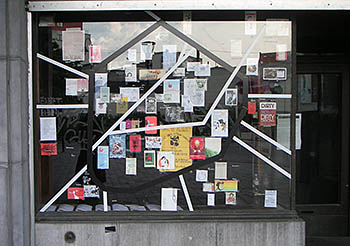
Dadaism
Dadaism was an art movement of the European avant-garde in the early 20th century.Dada flourished in Paris, in reaction to World War I, the Dada movement consisted of artists who rejected the logic, reason, and aestheticism of modern capitalist society, instead expressing nonsense, irrationality, and anti-bourgeois protest in their works.
Dada artists felt the war called into question every aspect of a society capable of starting and then prolonging it – including its art. Their aim was to destroy traditional values in art and to create a new art to replace the old.
Surrealism
Surrealism is a cultural movement that began in the early 1920s, and is best known for its visual artworks and writings. Artists painted unnerving, illogical scenes with photographic precision, created strange creatures from everyday objects, and developed painting techniques that allowed the unconscious to express itself. Its aim was to “resolve the previously contradictory conditions of dream and reality into an absolute reality, a super-reality.
and is best known for its visual artworks and writings. Artists painted unnerving, illogical scenes with photographic precision, created strange creatures from everyday objects, and developed painting techniques that allowed the unconscious to express itself. Its aim was to “resolve the previously contradictory conditions of dream and reality into an absolute reality, a super-reality.
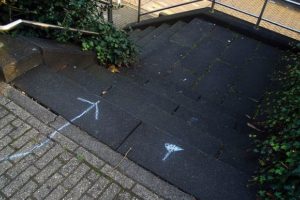





 Ontario. He received his BAA in Photography/ Media Studies from Ryerson University in 1982, and in 1985 founded Toronto Image Works, a darkroom rental facility, custom photo laboratory, digital imaging and new media computer-training centre catering to all levels of Toronto’s art community.
Ontario. He received his BAA in Photography/ Media Studies from Ryerson University in 1982, and in 1985 founded Toronto Image Works, a darkroom rental facility, custom photo laboratory, digital imaging and new media computer-training centre catering to all levels of Toronto’s art community. Edward Burtynsky is known as one of Canada’s most respected photographers. His remarkable photographic depictions of global industrial landscapes are included in the collections of over sixty major museums around the world, including the National Gallery of Canada, the Museum of Modern Art and the Guggenheim Museum in New York, the Reina Sofia Museum in Madrid, the Tate Modern in London, and the Los Angeles County Museum of Art in California.
Edward Burtynsky is known as one of Canada’s most respected photographers. His remarkable photographic depictions of global industrial landscapes are included in the collections of over sixty major museums around the world, including the National Gallery of Canada, the Museum of Modern Art and the Guggenheim Museum in New York, the Reina Sofia Museum in Madrid, the Tate Modern in London, and the Los Angeles County Museum of Art in California.

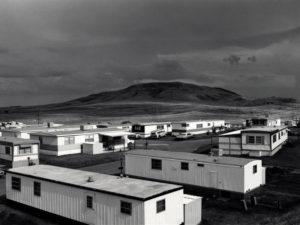

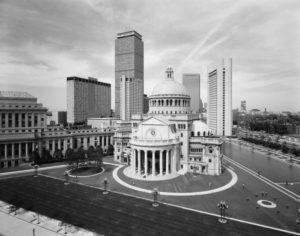
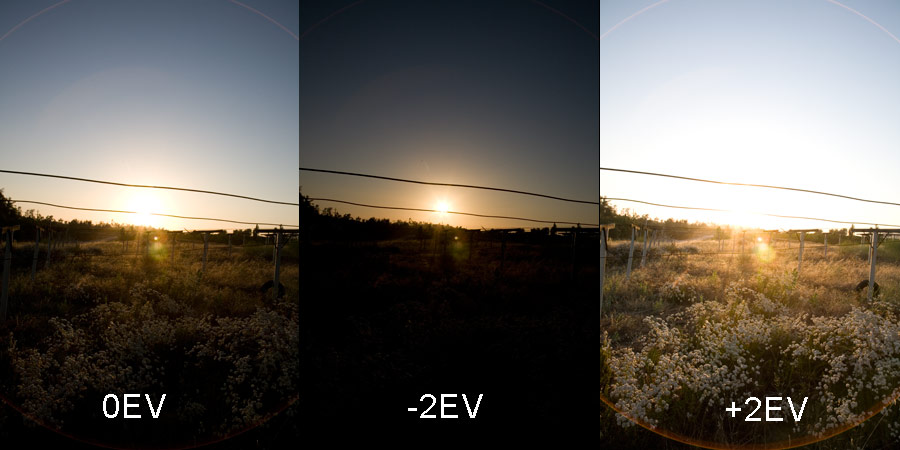
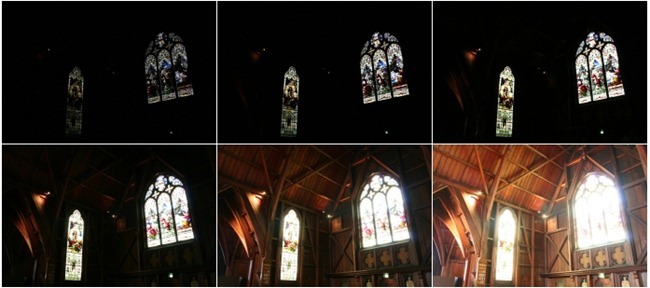
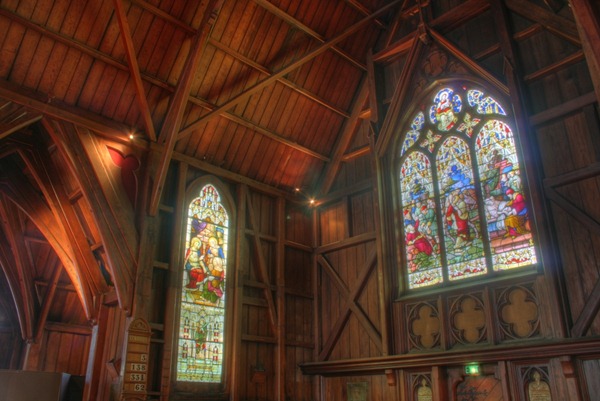
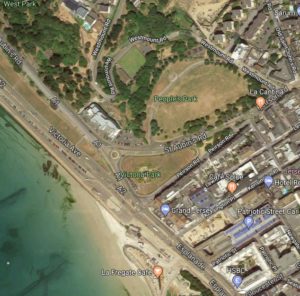
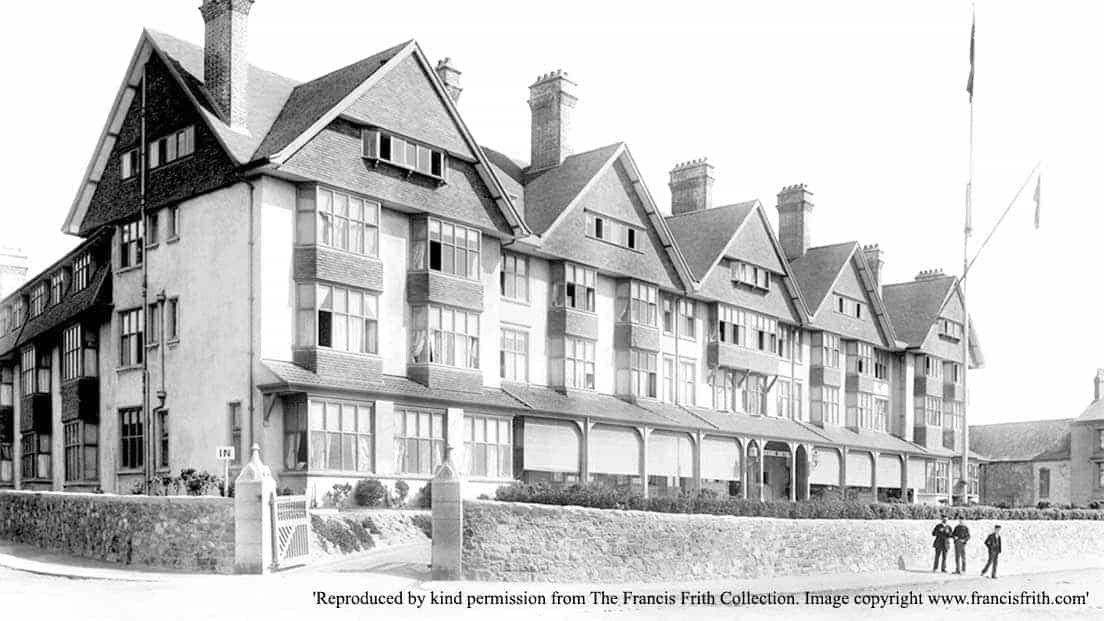








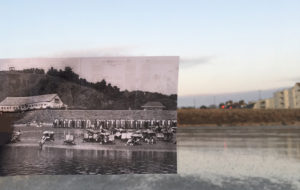


 psychogeography was invented by the Marxist theorist Guy Debord in 1955, is has been defined as “the study of the precise laws and specific effects of the geographical environment, consciously organized or not, on the emotions and behavior of individuals.
psychogeography was invented by the Marxist theorist Guy Debord in 1955, is has been defined as “the study of the precise laws and specific effects of the geographical environment, consciously organized or not, on the emotions and behavior of individuals.


 and is best known for its visual artworks and writings. Artists painted unnerving, illogical scenes with photographic precision, created strange creatures from everyday objects, and developed painting techniques that allowed the unconscious to express itself. Its aim was to “resolve the previously contradictory conditions of dream and reality into an absolute reality, a super-reality.
and is best known for its visual artworks and writings. Artists painted unnerving, illogical scenes with photographic precision, created strange creatures from everyday objects, and developed painting techniques that allowed the unconscious to express itself. Its aim was to “resolve the previously contradictory conditions of dream and reality into an absolute reality, a super-reality.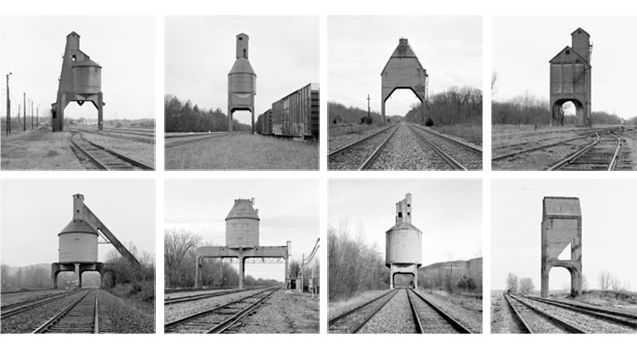

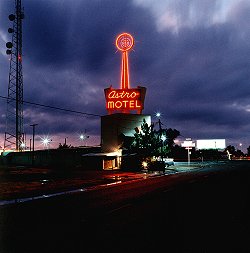
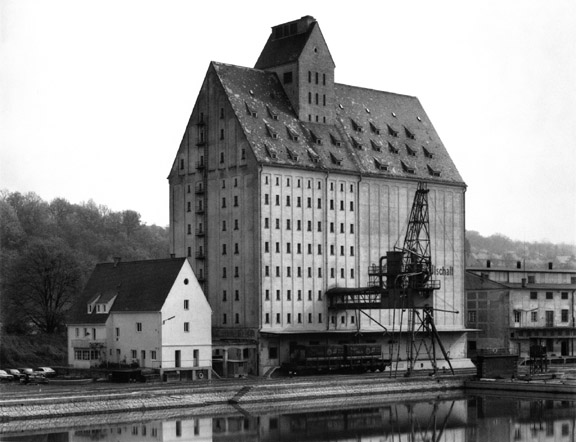



 Lewis Baltz was a visual artist and photographer who was a significant figure in the new topographics movement. His work has appeared in museums, exhibitions and has been published in books.
Technical - The choice of black and white is repeated throughout this movement, it creates depth in the photograph as it has reduced the colours to shades which changes the direction of focus onto the tones in the photograph. The high resolution and natural daylight captures every detail in a bland scene and exaggerates the dullness and precise form of man made structures.
Visual - The photographs serves an aesthetic quality through the minimal shapes and lack of subjects which allows the viewer to concentrate on the straight and rigid lines that contrast with broken and curved wires. Black and white adds to the minimal theme with basic shades.
Conceptual - The photo reflects the movement away from natural landscapes with its banal and ugly qualities yet it finds satisfaction through its minimal style. It also highlights the reality of the progress of man, and the destruction of natural landscapes that have been replaced with flat concrete streets and rectangular buildings infested with wires, pipes, plastic and metal. It could be argued that the concept of the photograph is accepting this development of order and convenience.
Photo shoot - When I went out for this photo shoot I stuck to old run down buildings with interesting characteristics, colours and objects within them with rigid lines and edges.
Lewis Baltz was a visual artist and photographer who was a significant figure in the new topographics movement. His work has appeared in museums, exhibitions and has been published in books.
Technical - The choice of black and white is repeated throughout this movement, it creates depth in the photograph as it has reduced the colours to shades which changes the direction of focus onto the tones in the photograph. The high resolution and natural daylight captures every detail in a bland scene and exaggerates the dullness and precise form of man made structures.
Visual - The photographs serves an aesthetic quality through the minimal shapes and lack of subjects which allows the viewer to concentrate on the straight and rigid lines that contrast with broken and curved wires. Black and white adds to the minimal theme with basic shades.
Conceptual - The photo reflects the movement away from natural landscapes with its banal and ugly qualities yet it finds satisfaction through its minimal style. It also highlights the reality of the progress of man, and the destruction of natural landscapes that have been replaced with flat concrete streets and rectangular buildings infested with wires, pipes, plastic and metal. It could be argued that the concept of the photograph is accepting this development of order and convenience.
Photo shoot - When I went out for this photo shoot I stuck to old run down buildings with interesting characteristics, colours and objects within them with rigid lines and edges.
 final images -
final images -


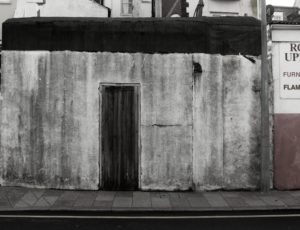
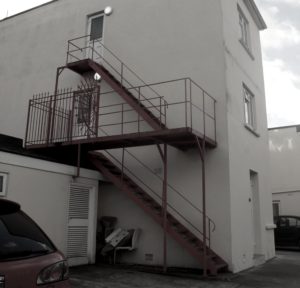

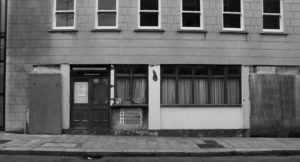 I've chosen pictures that have a lot of simple basic shapes in them, some more than others. Each photo has ugly and banal features, especially in the buildings as they have been stripped and worn down to what this society perceive as ugly. This statement is reinforced in the last image where it has hazard and construction signs, signalling that it has no uses and only dangerous qualities to it. I reduced the colours in each picture, most to just black and white to reinforce the simplicity that the structure of each picture reflects.
I've chosen pictures that have a lot of simple basic shapes in them, some more than others. Each photo has ugly and banal features, especially in the buildings as they have been stripped and worn down to what this society perceive as ugly. This statement is reinforced in the last image where it has hazard and construction signs, signalling that it has no uses and only dangerous qualities to it. I reduced the colours in each picture, most to just black and white to reinforce the simplicity that the structure of each picture reflects.